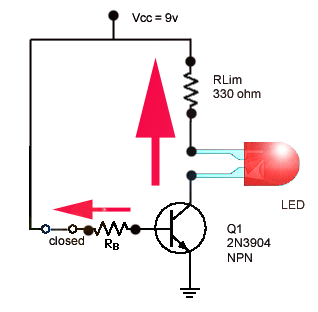
The transistor in Figure is used as a switch to turn the LED on and off. For example, a square wave input voltage with a period of 2 s is applied to the input as indicated. When the square wave is at 0 V, the transistor is in cutoff; and since there is no collector current, the LED does not emit light. When the square wave goes to its high level, the transistor saturates. This forward-biases the LED, and the resulting collector current through the LED causes it to emit light. Thus, the LED is on for 1 second and off for 1 second.
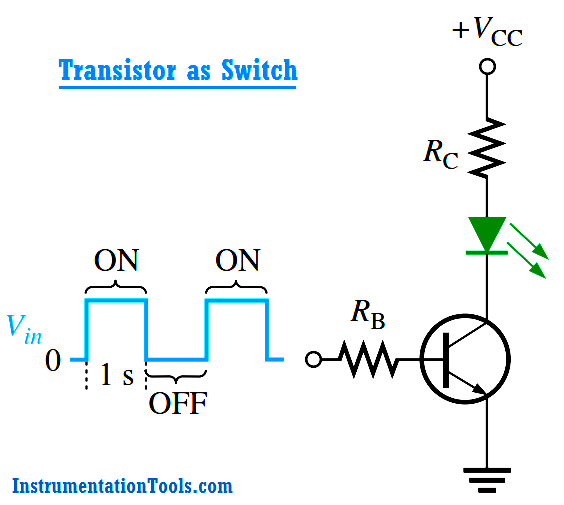
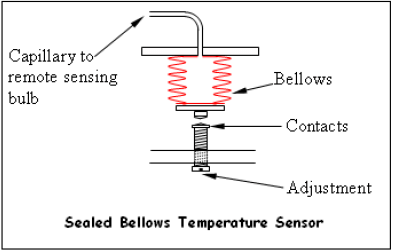
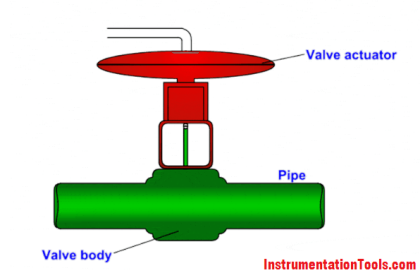
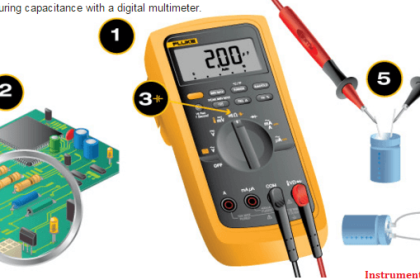
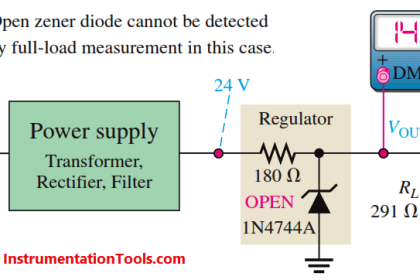
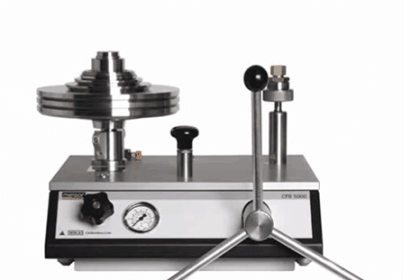
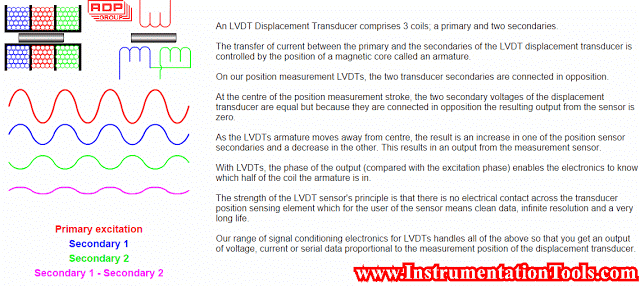
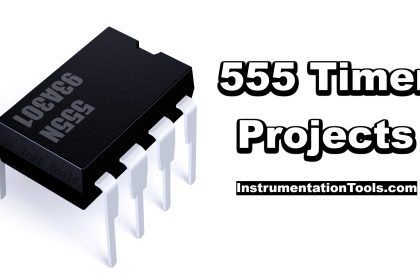
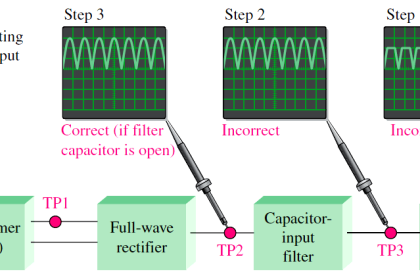


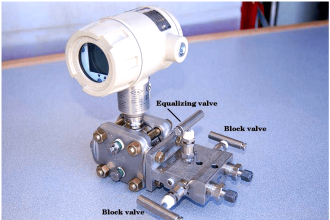
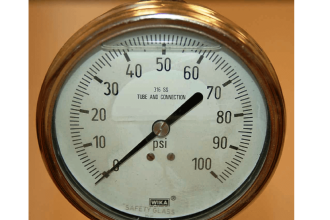
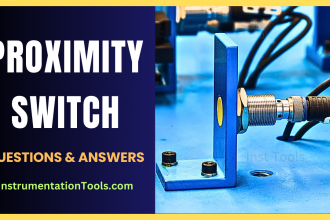



hello
do you have any ressources to show how to select resistor and transistors for this kind of application
thanks
regards
Direction of currents uncorrect
useless aplication, u could show how u can make weak source turn on tranzistor to allow more powerful source to flow